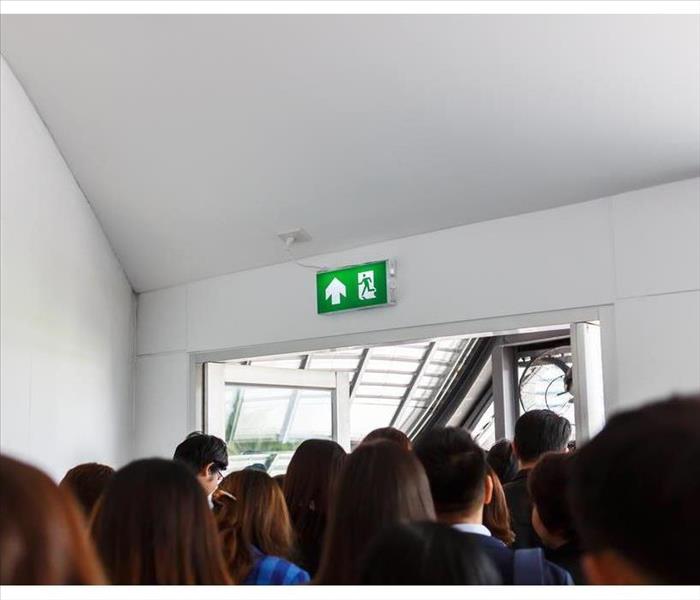The Purpose of an Emergency Evacuation Drill and How to Conduct One
6/14/2021 (Permalink)
Disaster Preparation Tips
Unexpected events can disrupt the workplace and cause confusion, chaos, and even danger. Choosing to conduct regularly scheduled emergency training sessions can do a lot for your Brentwood, TN, employees, and your facility. Disaster preparation can prevent dangers that would harm employees and customers, and may even prevent commercial fire damage. You generate a feeling of preparedness and lessen workplace anxiety by coaching individuals during non-emergent moments. Evacuation exercises, like a fire drill, display safety protocols and keep order in the case of a crisis.
Consider Every Angle
As you prepare for a real calamity in a commercial setting, think of how to handle the worst-case scenario. As you plan to conduct an evacuation drill, there are many factors to consider. Think of individuals on your team who may be prone to anxiety in emergency situations. Consider how to help those with physical difficulties exiting the building, and include them in your evacuation planning. During a fire drill, include steps that help customers and other individuals escape your facility if a real disaster were to strike. As you customize your evacuation plan, take the following steps for better execution:
- Designate a Leader
- Determine a Time
- Distribute Information
- Continue Educating
How to Execute It
To prevent unnecessary stress or harm during a training event, prepare your staff ahead of time. Choose a team member to lead the group. Set a specific date and time, and distribute information about the training to inform all staff members. Educate individuals on what is expected and how to evacuate the building. You may even consider including diagrams to create a visual aid. Discuss the effects of smoke and fire damage, and how to stay safe in a commercial fire disaster. Once the fire drill has been completed, continue to educate team leaders and staff on what went well, and how to improve. Being ready for the real thing will require repetition and continued practice.




 24/7 Emergency Service
24/7 Emergency Service
